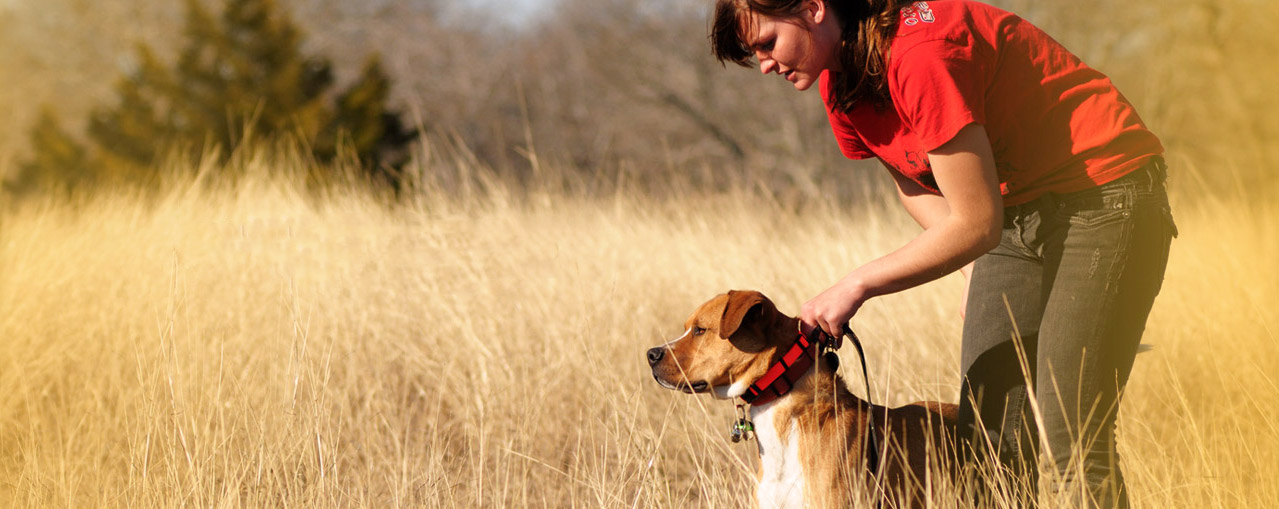Unlock Your Pet dog's Possible: Proven Pet Dog Training Techniques for Success
Effective canine training is a nuanced process that hinges on comprehending canine behavior and using clinically backed methods. By incorporating favorable reinforcement, establishing clear commands, and prioritizing socializing, pet dog owners can grow an effective connection with their pet dogs.
Comprehending Dog Actions
Comprehending canine behavior is important for reliable training and cultivating a favorable relationship in between pets and their proprietors. An extensive understanding of canine body movement, articulations, and social interactions is essential for acknowledging their emotions and needs. Pets interact mainly with non-verbal signs; for example, a wagging tail might show exhilaration, while pinned ears can signal anxiety or submission.

Furthermore, environmental aspects play a significant function fit a dog's habits. Changes in routine, brand-new surroundings, or the existence of unfamiliar people can lead to stress and anxiety or anxiety in canines. Recognizing these triggers enables owners to reduce damaging responses and create ideal training strategies.
Ultimately, a deep understanding of canine behavior lays the foundation for effective training methods, enhancing both actions and the general bond in between the pet and its proprietor. dog training charlotte. This expertise is crucial for cultivating a well-adjusted, delighted canine buddy
Positive Reinforcement Techniques
Reliable training depends heavily on favorable reinforcement methods, which have actually been shown to produce substantial cause forming wanted behaviors in canines. This approach entails compensating a pet for displaying specific behaviors, thus raising the possibility that these habits will be duplicated. Benefits can take various kinds, consisting of deals with, praise, playthings, or playtime, depending on what encourages the specific pet.

It is important to progressively eliminate incentives as the pet learns the habits, transitioning to recurring support. This technique keeps the actions over time while avoiding dependency on consistent rewards. By concentrating on positive reinforcement, fitness instructors can grow a relying on relationship with their pets, advertising a cooperative and healthy and balanced training setting that improves overall obedience and efficiency.
Developing Constant Commands
An essential aspect of successful pet training is the facility of constant commands. Consistency in commands is vital for reliable interaction between the pet and the instructor. When commands are uniform, pets discover dog behavior specialist to associate specific words with wanted behaviors, which increases the training procedure and enhances understanding.
To develop constant commands, it is necessary that all member of the family make use of the exact same terminology and gestures. As an example, if one person utilizes "rest" while another says "take a seat," it can produce complication for the pet. Select clear, distinct words for commands and ensure every person involved in the pet's training abides by these selections.
Strengthen commands with frequent practice, ensuring that the pet dog receives sufficient opportunities to react appropriately. When a canine successfully complies with a command, instant favorable support must adhere to.
Lastly, be individual. Developing consistent commands takes time and initiative. With dedication and quality, you will certainly assist your canine establish a solid understanding of assumptions, inevitably leading to a mannerly buddy.
Socialization and Exposure
Interacting socially a pet dog is necessary for fostering a certain and well-adjusted companion. This process entails subjecting your dog to a range of environments, people, and various other animals to establish their social skills and versatility. Early socialization, ideally between the ages of three to fourteen weeks, is vital, as it prepares for a pet's future actions.
Throughout socialization, purpose to supply favorable experiences in various settings, such as parks, busy roads, and homes with other pet dogs. Present your pet dog to different stimuli, consisting of audios, sights, and scents, ensuring that each encounter is satisfying. This exposure aids reduce worry and stress and anxiety, leading the means for a much more resilient canine.
Involving in controlled group play sessions with various other dogs can likewise enhance social abilities, educating your pet proper communications and limits. Focusing on socializing will considerably add to your pet dog's total joy and habits throughout their life.
Conquering Common Training Difficulties

Pets might battle to focus in hectic or unknown settings. Slowly desensitize your dog to interruptions by beginning training pet course in a peaceful environment and gradually presenting more stimulations as they become skilled.
In addition, behavioral problems like leaping or too much barking can become irritating. Address these by educating different actions, such as sitting steadly when welcoming visitors. Consistency and perseverance are vital; strengthen desired actions constantly and avoid scolding, which can cause complication.
Lastly, recognize that each pet dog is unique, and training timelines may differ. Tailor your method to your dog's individual demands, and look for specialist guidance if needed. With willpower and the appropriate techniques, getting rid of these obstacles can cause a trained, pleased canine buddy.
Final Thought
To conclude, opening a pet dog's possible requires a detailed approach that includes an understanding of canine behavior, the application of favorable support methods, and the facility of constant commands. Early socialization and direct exposure to varied settings better enhance a canine's adaptability and confidence. By attending to common training difficulties with tailored methods and patience, a unified and participating partnership between canine and handler can be cultivated, ultimately resulting in a mannerly companion capable of growing in numerous scenarios.
Efficient pet dog training is a nuanced process that hinges on understanding canine actions and employing clinically backed methods.Comprehending canine habits is essential for efficient training and cultivating a positive connection in between dogs and their proprietors.Reliable training relies heavily on favorable support techniques, which have been revealed to produce significant results in forming wanted behaviors in pet dogs. When commands are consistent, pet dogs discover to associate specific words with desired actions, which increases the training process and boosts understanding.
In final thought, opening a pet's possible necessitates an extensive method that incorporates an understanding of canine actions, the application of positive support techniques, and the facility of consistent commands.